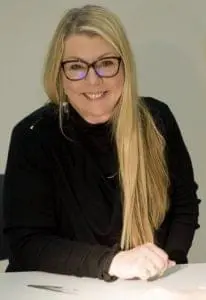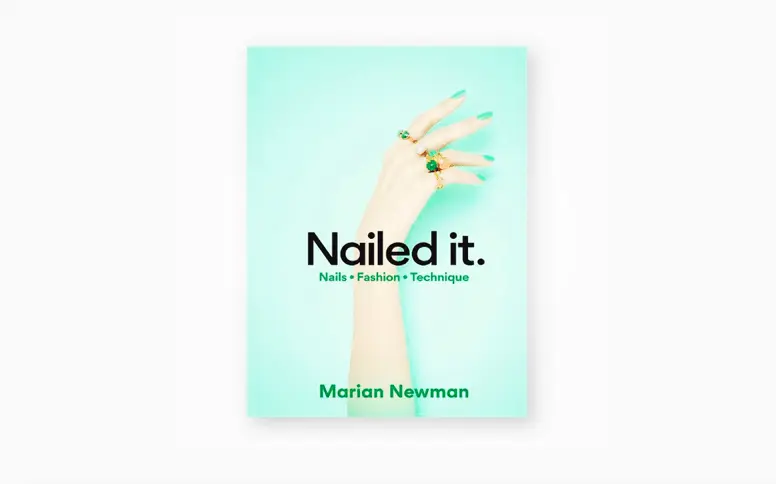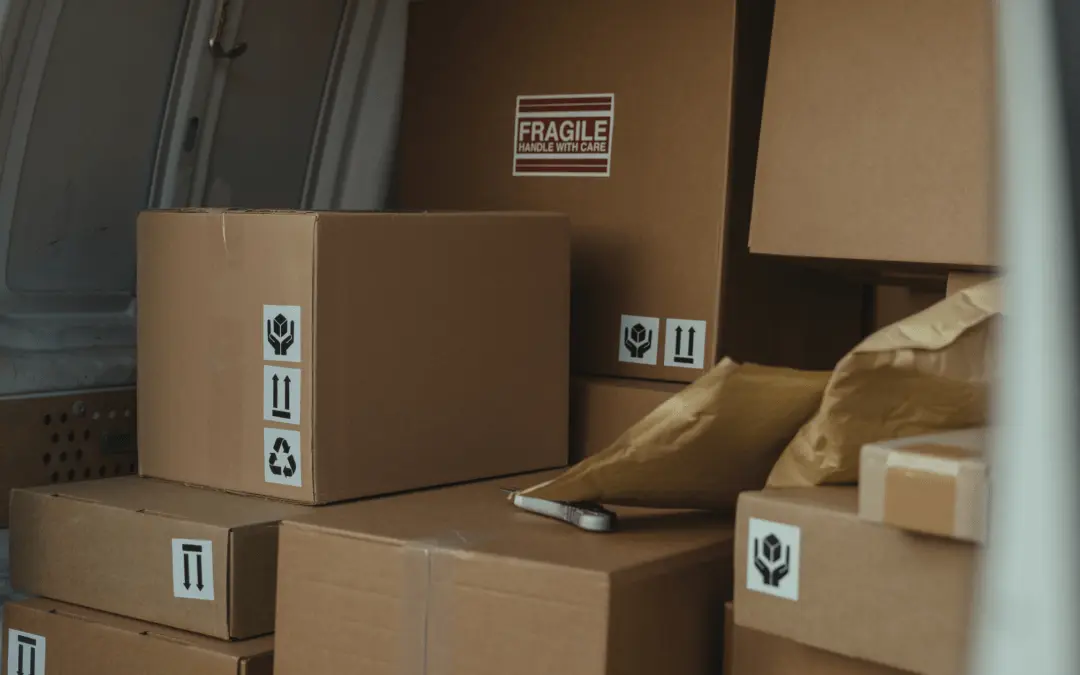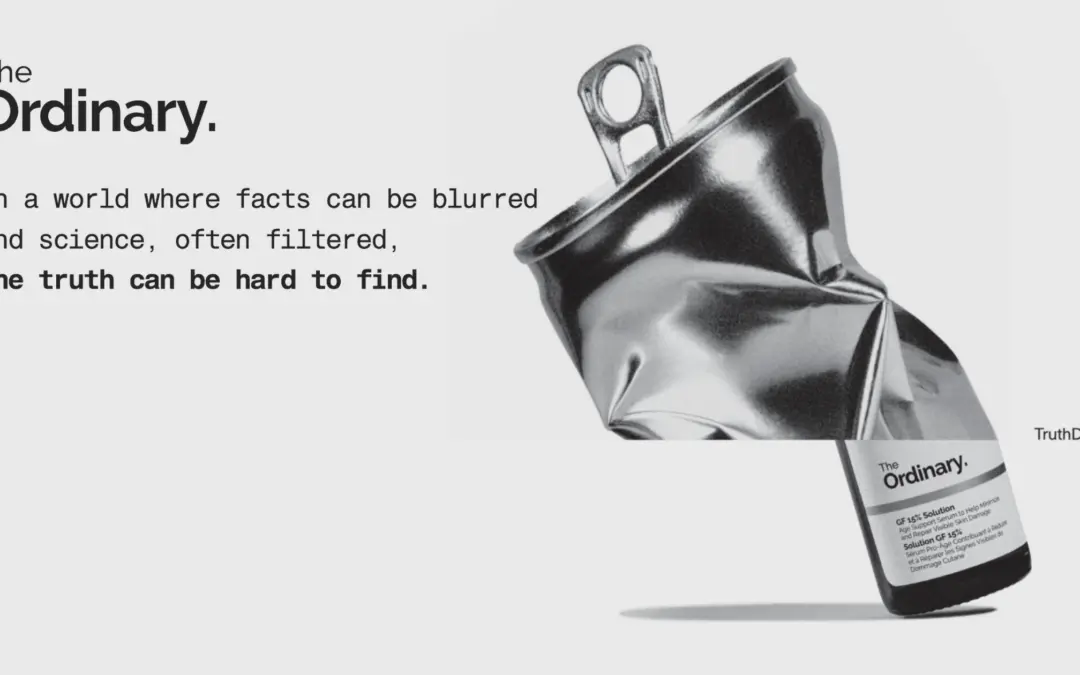“At the very start of my career (30+ years ago) I thought I was learning something ‘fluffy’ and ‘pretty’. What I found was a challenging service that needed a lot of deep understanding of the chemistry involved and a certain amount of human anatomy”
Marian Newman – author of Nailed It, a new fashion and technical bible for nail technicians and artists – recently talked to us about the state of the nail business, ahead of an appearance she made with photographer Nick Knight (who she has collaborated with many times creatively) at the V&A. Here she talks about some of the ways she has watched the business positively grow in recent years, alongside her concerns about quality treatments and training.
“For the longest part of my career (the session work) the person who really tipped me into making this my speciality has been Nick. He showed me the importance of the detail. Scientifically, I’ve always admired Doug Schoon too. He is a nail structure and product specialist and I trust him implicitly to provide the correct and current scientific facts.
“I think social media has probably been the single biggest influence on the massive growth of the market. Nails and nail art are at the top of the ‘most searched’ on platforms like Instagram. It has brought new interest in trying nail products and all manner of nail decoration”
 “It has made the consumer far more aware of their nails than ever before. But as with so many other sectors, there is also the downside. The professional side of the industry seems to have attracted many more people to it who don’t see it as a career nor a business. There’s always been an element of this, but it’s snowballed because of the accessibility of so many ‘how to’ videos by self taught individuals”.
“It has made the consumer far more aware of their nails than ever before. But as with so many other sectors, there is also the downside. The professional side of the industry seems to have attracted many more people to it who don’t see it as a career nor a business. There’s always been an element of this, but it’s snowballed because of the accessibility of so many ‘how to’ videos by self taught individuals”.
Marian’s concern is that the viewers then don’t know who they are learning from, there is no personal advice or feedback and products are available anywhere.
‘What is more positive is that there is plenty of access to help and advice from the various forums though”, she adds. “And this is good but it can also demonstrate the chronic lack of understanding in even the most basic of topics. Overall though, I think the impact of social media has been positive and grown the sector. It also has a positive side in that the problems we face as an industry can be shared more widely and hopefully, get the attention needed to make a difference to our future.
Does she think the quality of nail art/technique still reflect its creativity?
“Yes! This is getting better! It can truly be an art form, falling into two categories with a bit of grey area in between – commercial and non commercial creativity. They’re commercially savvy because they’re making designs suitable for the geographical area, income and aesthetic. Nail art is booming and there are plenty of techniques that can be done quickly enough to be commercially viable.
I’ve noticed that those with a business head are creating wonderful ideas and designs that are attracting far more clients into salons – and they’re commercially savvy.
“Then there is non commercial creativity, in which designs are so time consuming the appropriate fee for them far exceeds what a client would pay. The most extreme form of this is seen at competitions across the globe in a category called ‘fantasy’. The specialists who do this kind of creativity are true artists who express their talent by using nail products and hands and nails as the ‘canvas’.
The art of ‘extreme nails’ has been growing enormously in recent years.
“Then there are the ‘extreme nails’ – techniques which, even the fastest nail artists would struggle to charge a decent hourly rate for. But in a few areas, there is a market for this type of work. Many of the nail artists who do this kind of technique have moved into training. But – and sorry, here comes the downside – too many who are attracted to this creative side of the business tend not to spend enough time learning, practicing and understanding the basic requirements before moving on to the fun bit”.
Marian adds that many of these technicians are also earning far less than the national minimum wage – and are encouraged to – and the super-cheap products that are flooding in from the far east perpetuate a disastrous vicious circle that invariably ends in the technician giving up because they can’t earn enough or develop allergies to cheap products that stop them working.
“This may sound a bit of an over reaction but the problems for the nail business are real and far bigger than many realise.
“Education in the nail sector has always been poor. It wasn’t until the advent of NVQ’s in the very early 90’s that anything other than basic manicuring was available as a formal qualification. Before that short courses were provided by brands, but mostly from the US where there was a requirement for a general cosmetology qualification. They were, in effect, post grad courses and didn’t translate here as being suitable for beginners but no one knew any different.
“There were a couple of brands who provided excellent and enlightened education but far more that didn’t. They were often just a sales exercise. For a brief time the industry authority (at that point it was HABIA, which had morphed from the BIA, which in turn had morphed from the HBTTB) recognised that nail services needed to be separated from beauty therapy and there seemed to be hope for a robust education system for the sector. Like so many things this has been successful in parts.
Any nail training course is only as good as its teacher and in the beauty sector there were (and still are) far more beauty therapists than nail professionals
“The nail industry hadn’t produced enough well educated, qualified teachers – so many of the courses were taught by inappropriate people. Employers became very unimpressed with the quality of graduates and the system fell into disrepute. This is still the case except for a few exceptions in the FE sector, but it’s difficult for a beginner to identify who and where they are! Right now, we are back into a decline. FE budgets are being severely cut. I recently heard of an FE college who’s teaching staff has been cut from 17 down to four and none of the four are nail professionals. This means that nail courses will be either cancelled or taught by beauty therapists.
“External Verifiers are carrying out their role remotely even for colleges that have been classified as ‘at risk’ by Offqual. An EV friend of mine who has nearly 50 colleges knows that some of them are playing the system but can’t prove it as her awarding body won’t let her visit!
“Another situation that I believe is causing major problems, is the recent advent of accreditation. Trade bodies, such as The Guild and ABT, started this process a few years ago and, in my opinion, it’s turned into bit of a scam. It is a requirement that professionals have public and product liability insurance. To gain that, a recognised qualification is needed. There are hundreds of individuals and companies now offering courses from online, to one day to several weeks/months. They can pay ABT, for example, to accredit their courses and so give access insurance to all their students. In principal this is great. In practice though it’s a disaster. For example, there is a one day course with no entry requirements to learn L&P (acrylics) and UV gel enhancements, with no case studies nor written exams (Gateway). There are others that advertise the same for £25. And these have exactly the same ‘accreditation’ as a four month course that starts from the basics (manicuring).
“This, together with largely unknown ‘YouTubers’ doing their ‘how to’ videos, doesn’t fill me with a great deal of hope for the business. I worry that there are too many people joining the business now who want to accelerate from basic training to fully fledged technician doing session work on shoots or for film.
“I have a deep passion for nails and want to make sure it evolves a true professional career for all nail pros. But the industry isn’t in a good place right now, so I want to help that change so we can hold our heads up high as professionals”.





